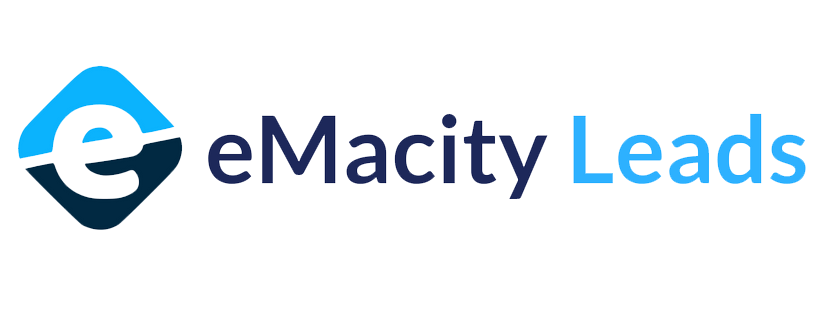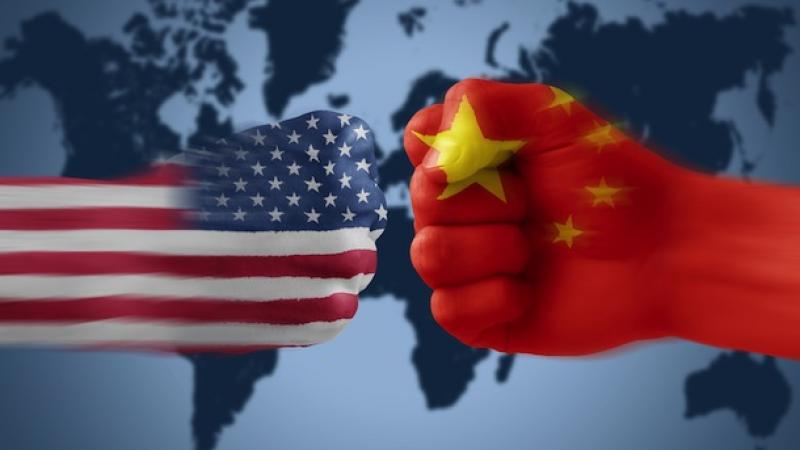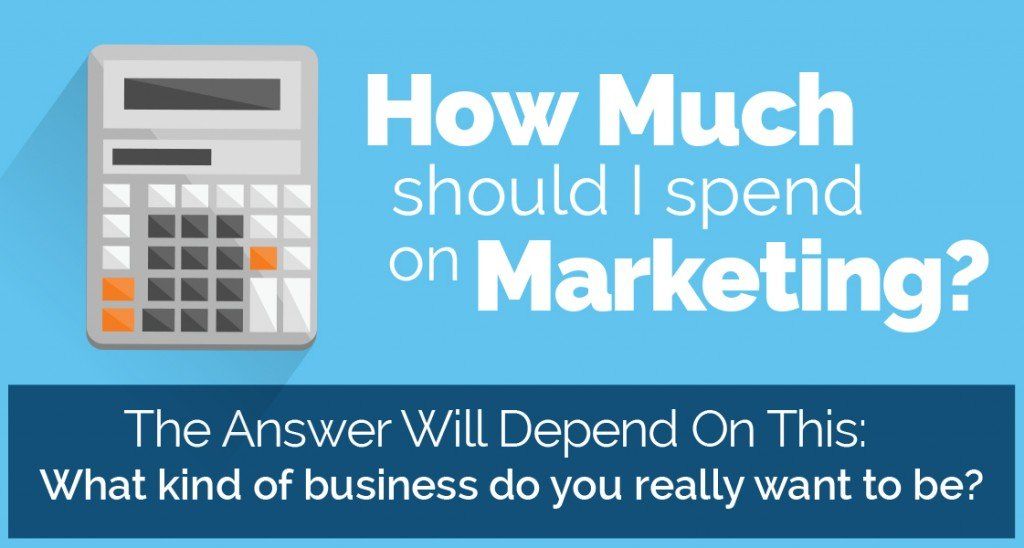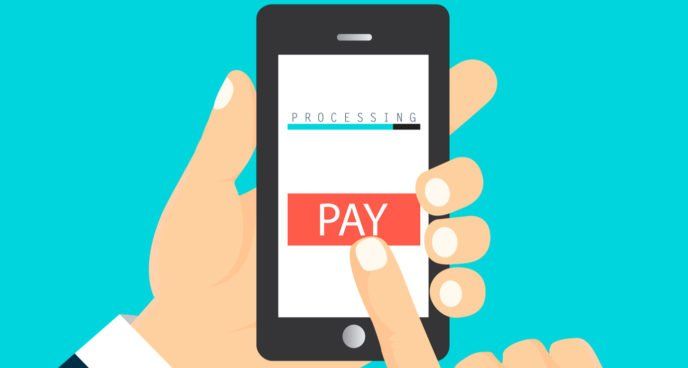Technology Startups: United States vs China
Back in the 90's, large tech giants like Microsoft would ruthlessly dominate markets by "embracing, extending, and extinguishing" new competitors. Microsoft would slowly release new features built on top of open-source or free frameworks until Microsoft-owned software became industry standard. The company would then cut out competitors from using their patented add-ons.
Excel originally launched to take out IBM's Lotus 1-2-3, one of the most successful spreadsheet applications of the time. Microsoft slowly released new proprietary features – a word processor (Word), a presentation tool (PowerPoint), and powerful macro tools. Lotus was slowly edged out of the market until it shut down in 2002.
Google, Facebook, and Amazon continue to make it difficult for upstarts to compete. When Snap turned down Facebook’s $3B acquisition offer, Instagram shamelessly copied Snapchat Stories. When Twitter acquired and integrated Periscope, it all but killed live-streaming app Meerkat.
Facebook, Alphabet, Amazon, Apple, and Microsoft spent $31B scooping up companies in 2017. The flood of acquisition activity has probably changed incentives for startups— instead of working on the sorts of groundbreaking ideas that made the Bay Area the center of the tech world, they’re instead building towards being acquired by the Big 5..
Chinese startups aren’t having the same problem...
Chinese billion-dollar unicorns outnumber their American counterparts 162 to 132, and Chinese decacorns ($10B+ in valuation) outnumber their American counterparts 11 to 6. Chinese startups accounted for half of 2017's ten largest fundraising rounds, with Uber competitor Didi's massive $5.5B round on top. The average Series A startup in China last year raised $32.8M, more than 3x the number stateside.
This is no mistake. American tech companies struggle to compete with China's protectionist business policies. Founders in China develop homegrown copycats of every major Silicon Valley success: Baidu instead of Google, Sina Weibo instead of Twitter, Didi instead of Uber.
(Interesting: India faces the opposite problem. American tech firms are given free reign, which has limited local innovation.)
... and they're not just copying US tech companies either.
Chinese robotics and AI firms are becoming industry leaders, and companies like Alibaba and JD.com are setting their sights on the American market. There’s a reason that Peter Thiel’s Zero to One (translated into Mandarin) was one of the bestselling books in China.
There are a number of drivers behind their success:
-
Work ethic. Their engineers work “9-9-6”: 9AM to 9PM, 6 days a week. The mere mention of this in SF would have people running for the exit.
-
State support. The Chinese government is often the first investor and biggest proponent of new firms and startups.
-
Greater supply of STEM workers. China has 4x the population as the US, but 10x the tech employees.
-
Local factories and deep manufacturing expertise. As US startups steer away from hardware, Chinese startups have easy access to the biggest manufacturers in the world.
Only time will tell how many US tech startups cede to their China counterparts. One thing is clear: The Chinese tech scene is hell-bent on success. Silicon Valley could learn a few things by looking east.
eMacity Leads











